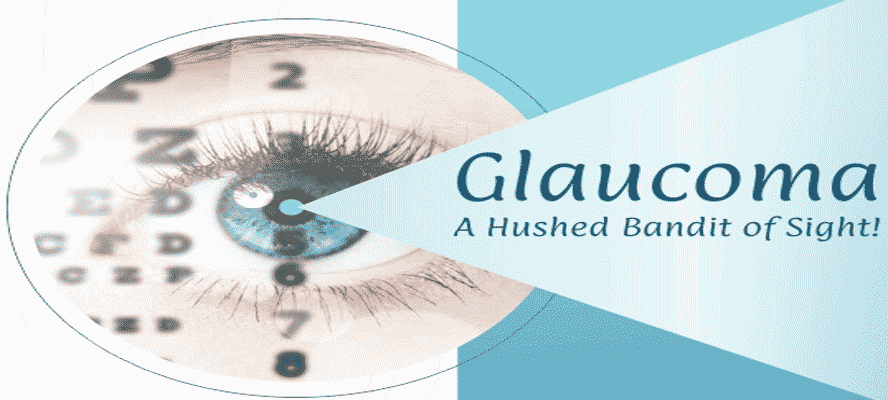Glaucoma is a Leading cause of irreversible blindness in the world Causes no symptoms early in its course Can affect people of all ages, even newboms.
What is Glaucoma?
Glaucoma is a group of eye diseases that damage the major nerve of vision, called Optic Nerve. Light
generated nerve impulses from the retina are received by optic nerve.These impulses are transmitted to
the brain where we recognize them as Vision. Glaucoma is characterized by a particular pattern of
progressive damage to the optic nerve that generally starts with a subtle loss ofside vision
(peripheral vision). If not diagnosed and treated, it can progress to loss of central vision leading to blindness.








